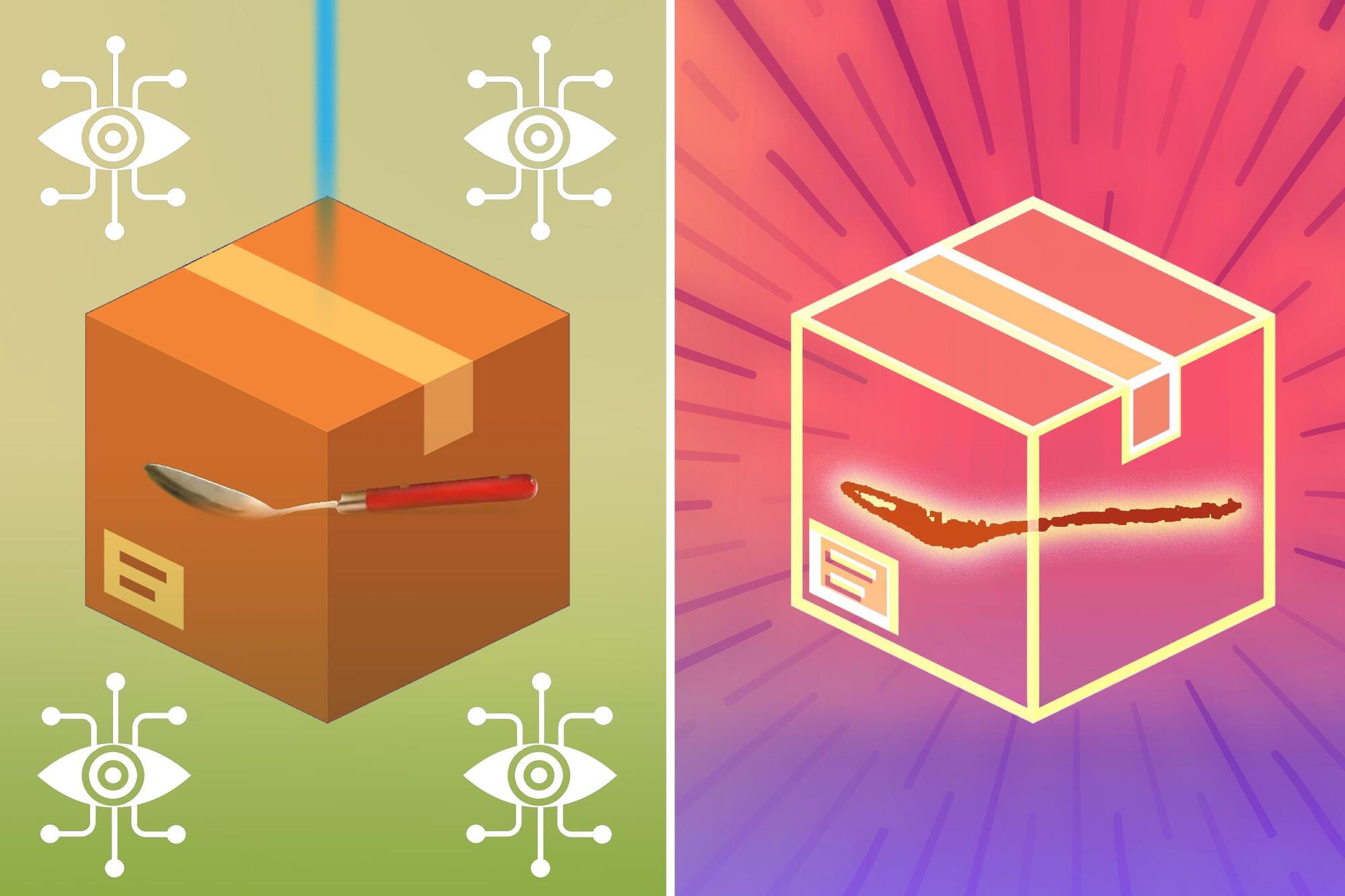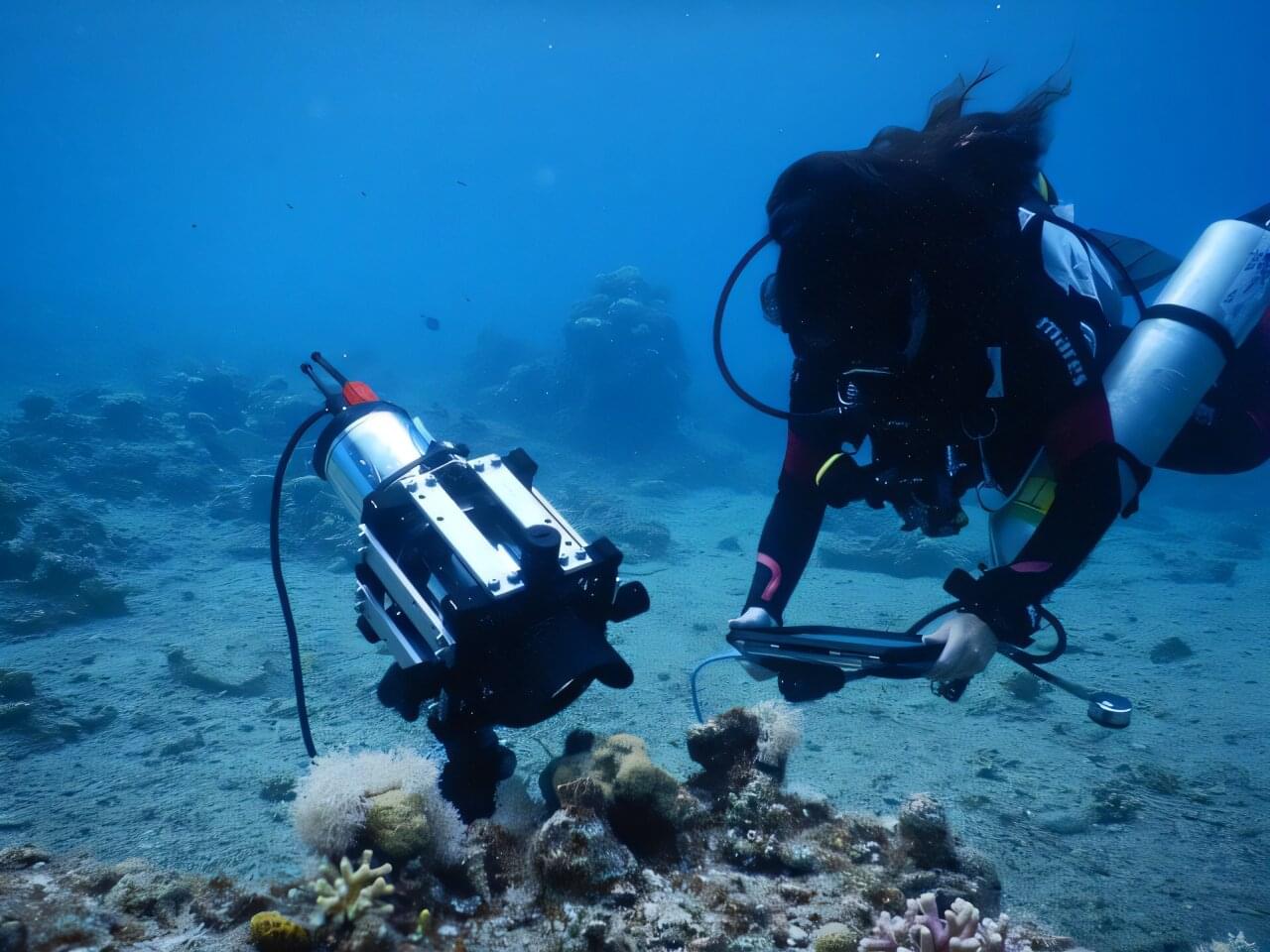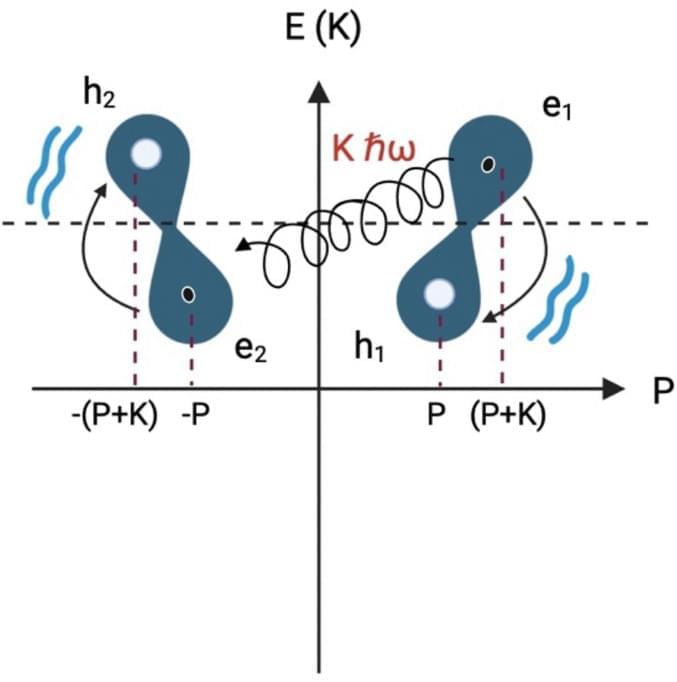A new imaging technique developed by MIT researchers could enable quality-control robots in a warehouse to peer through a cardboard shipping box and see that the handle of a mug buried under packing peanuts is broken.
Their approach leverages millimeter wave (mmWave) signals, the same type of signals used in Wi-Fi, to create accurate 3D reconstructions of objects that are blocked from view.
The waves can travel through common obstacles like plastic containers or interior walls, and reflect off hidden objects. The system, called mmNorm, collects those reflections and feeds them into an algorithm that estimates the shape of the object’s surface.





